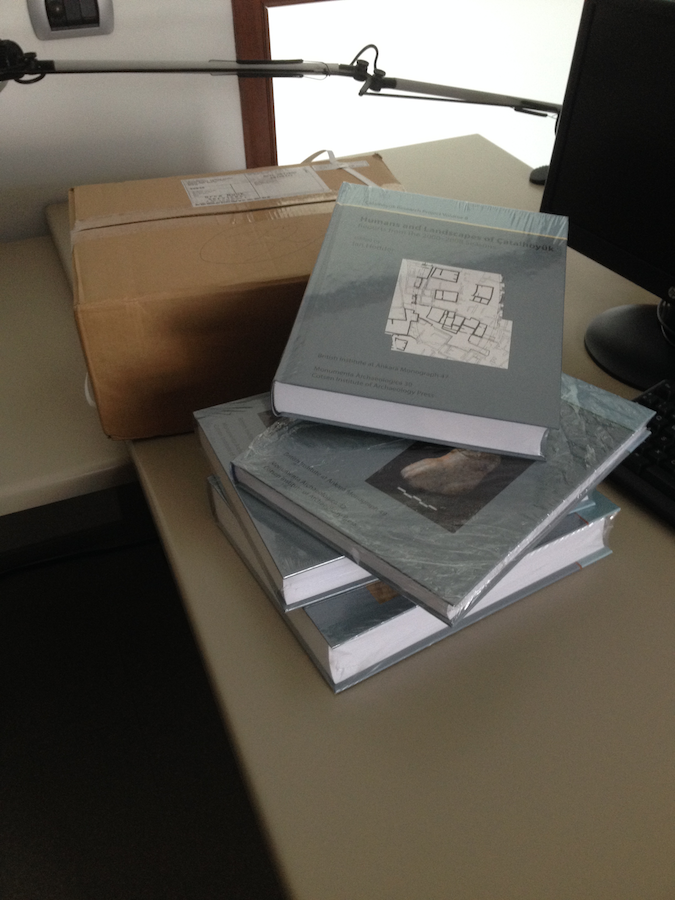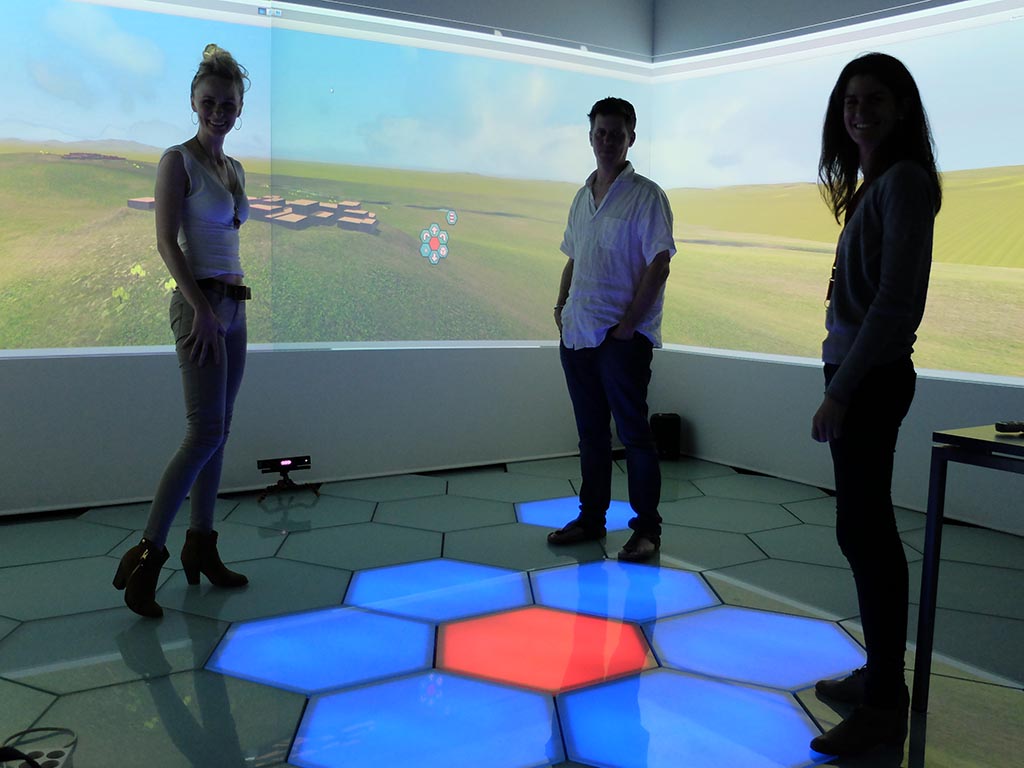Article by Laia Pujol

In May 2015, site specialists Sara Perry and James Taylor came to Pompeu Fabra University in Barcelona to advise on the first design stages of a virtual model of Çatalhöyük that is being developed in the context of the LEAP project. [LEAP] is a 2-year EU-funded research endeavour, led by myself, Laia Pujol, and aimed at adapting the concept of Cultural Presence (born in the field of Human Computer Interaction) as a framework for the design and evaluation of archaeological virtual reconstructions. During the previous month I had been reading four volumes about Çatalhöyük’s 2000-2008 excavations, and I was hoping Sara and James would solve the many questions I had regarding the site. Surprisingly, the roles were inverted, as I was asked by Sara to tell them what I had understood from my readings. At the end of my intervention, James pointed out at the fact that I had pretty well described the archaeological features of Building 49, but I had not told them “what it was to be human at Çatalhöyük”.

This was a turning point in my theoretical musings. The implications of this sentence spread in different directions and helped crystallize three fundamental points. Firstly, that in comparison with books or digital technologies, the added value of Virtual Reality (VR) has been, since its inception, its capacity to provide experiences, not just to convey visual information (its most common use in Archaeology today). Many VR models have been produced about Çatalhöyük – and other archaeological sites around the world – over the past 20+ years (as one example, see the stunning reconstructions of Grant Cox), but we still have little understanding of their real impact on cultural heritage.
![Çatalhöyük in a “napshell”. The house as centre of the virtual world, drawn [on a napkin] during brainstorming over breakfast.](/sites/default/files/media/content/Laia_Blog_Post_1_fig_3RESIZED.jpg)
Secondly, that any concerns about bias and truth when representing another past culture may be overcome by focusing not on visual realism or role playing (that is, impersonation of past people), but on providing opportunities for interaction, so as to allow users to feel what it was to physically be in Çatalhöyük at that time.
Finally, that in accordance with the communication goals declared by experts (i.e., to fostering learning about the past), our VR mediated experiences should not just reconstruct archaeological sites, but instead present the distinctive elements, tangible and intangible, of a culture. In our case, we should try to define and depict “çatalhöyükness”. How? This is for another blog post…





